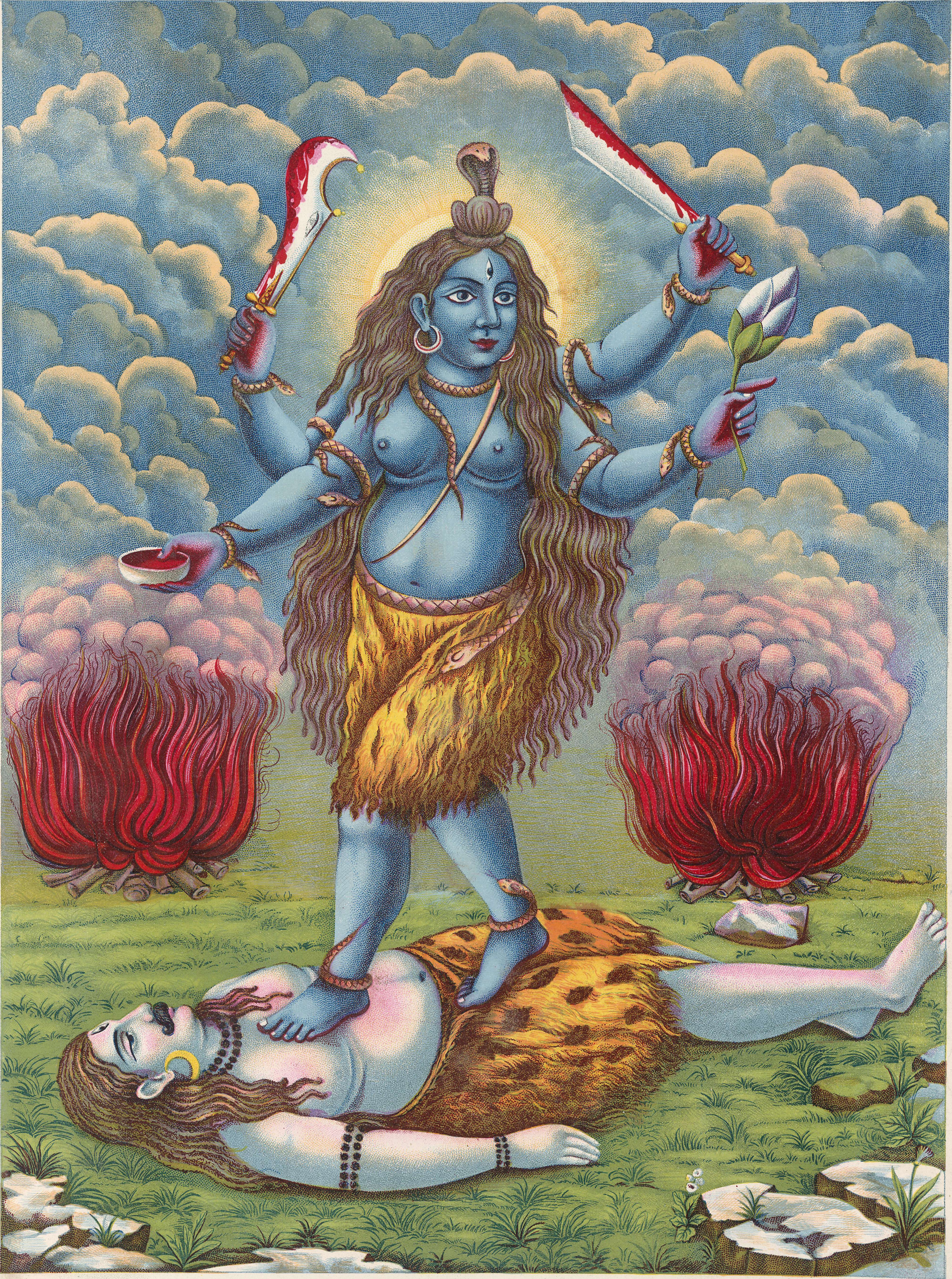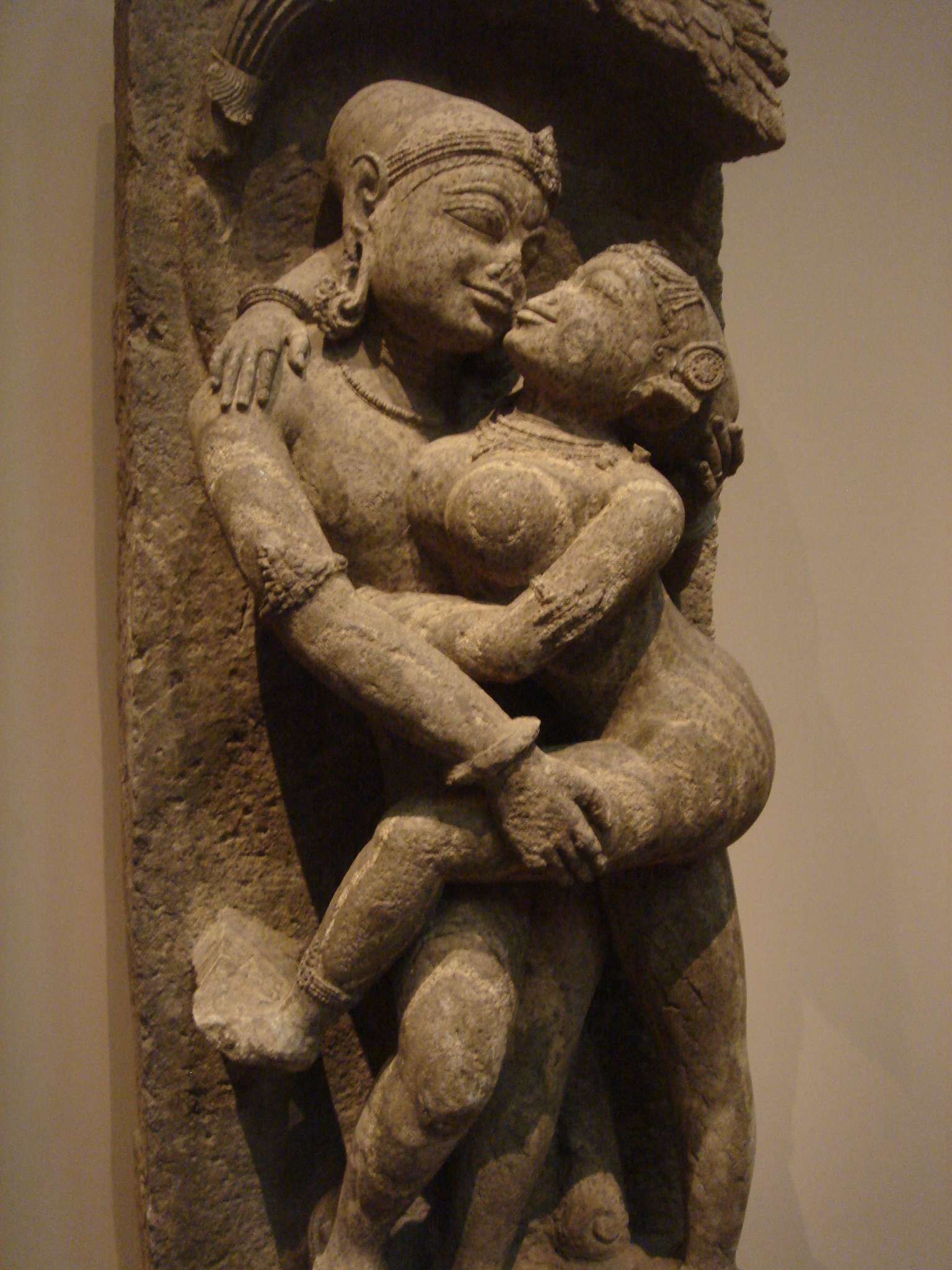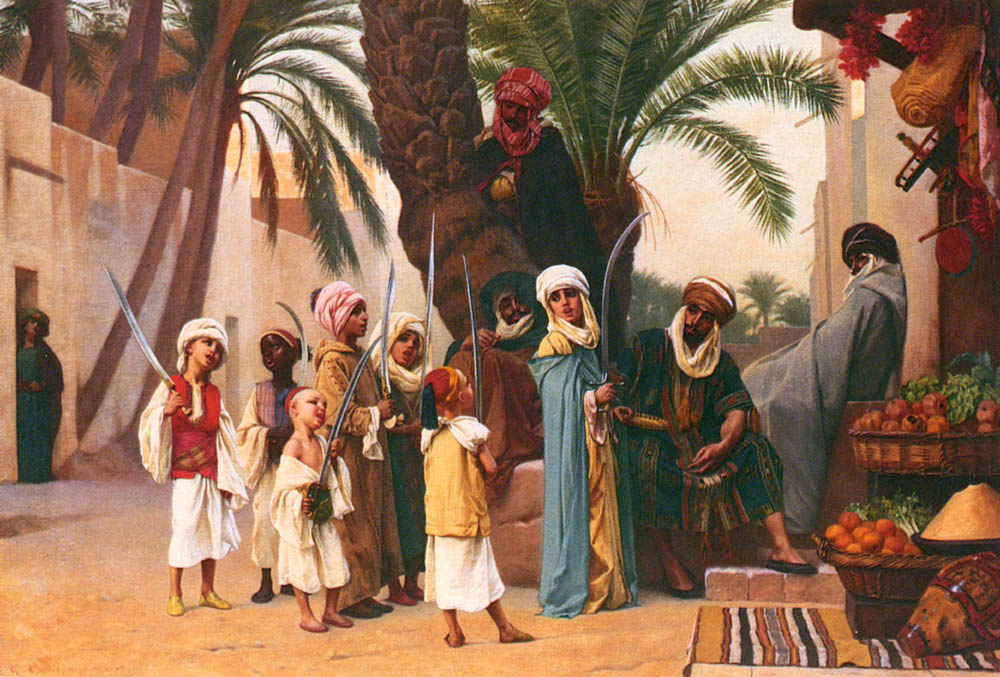|
Chhinnamasta Temple
Chhinnamastika Temple dedicated to Goddess Chinnamasta is a Hindu pilgrimage centre located in Rajrappa, in Ramgarh district of Jharkhand, India. The place attracts devotees from all parts of Jharkhand, and also from the neighbouring states of West Bengal and Bihar. The Chhinnamasta temple is popular for its Tantric style of architectural design. Apart from the main temple, there are ten temples of various deities such as the Surya, Hanuman and Shiva. History of Rajarappa It was this place where the Raja of Ramgarh Raj gave 3 acres of land to the people in the Bhudhan Movement in Jharkhand. Etymology Chhinnamasta ( sa, छिन्नमस्ता, , "She whose head is severed"), often spelled Chinnamasta and also called Chhinnamastika and Prachanda Chandika, is one of the Mahavidyas, ten Tantric goddesses and a ferocious aspect of Devi, the Hindu Divine Mother. Chhinnamasta can be easily identified by her fearsome iconography. The self-decapitated goddess holds her o ... [...More Info...] [...Related Items...] OR: [Wikipedia] [Google] [Baidu] |
India
India, officially the Republic of India (Hindi: ), is a country in South Asia. It is the seventh-largest country by area, the second-most populous country, and the most populous democracy in the world. Bounded by the Indian Ocean on the south, the Arabian Sea on the southwest, and the Bay of Bengal on the southeast, it shares land borders with Pakistan to the west; China, Nepal, and Bhutan to the north; and Bangladesh and Myanmar to the east. In the Indian Ocean, India is in the vicinity of Sri Lanka and the Maldives; its Andaman and Nicobar Islands share a maritime border with Thailand, Myanmar, and Indonesia. Modern humans arrived on the Indian subcontinent from Africa no later than 55,000 years ago., "Y-Chromosome and Mt-DNA data support the colonization of South Asia by modern humans originating in Africa. ... Coalescence dates for most non-European populations average to between 73–55 ka.", "Modern human beings—''Homo sapiens''—originated in Africa. Then, int ... [...More Info...] [...Related Items...] OR: [Wikipedia] [Google] [Baidu] |
Bhudhan Movement
The Bhoodan movement (Land Gift movement), also known as the Bloodless Revolution, was a voluntary land reform movement in India. It was initiated by Gandhian Vinoba Bhave in 1951 at Pochampally village, Pochampally The Bhoodan movement attempted to persuade wealthy landowners to voluntarily give a percentage of their land to landless people. Philosophically, Bhave was influenced by Sarvodaya movement and Gram Swarajya. Method Landless labourers were given the small plots that they could settle and grow their crops on. Bhoodan Acts were passed that stated that the beneficiary had no right to sell the land or use it for non-agricultural purposes or for forestry. For example, Section 25 of the Maharashtra State Bhoodan Act states that the beneficiary (who must be landless) should only use the land for subsistence cultivation. If the "owner" failed to cultivate the land for over a year or tried to use it for non-agriculture activities, the government would have the right to confisc ... [...More Info...] [...Related Items...] OR: [Wikipedia] [Google] [Baidu] |
Tara (Mahavidya)
In Hinduism, the goddess Tara ( sa, तारा, ) is the second of the Dasa (ten) Mahavidyas or "''Great Wisdom goddesses''", and is a form of Adishakti, the tantric manifestation of Parvati. Her most famous centre of worship is the temple and the cremation ground of Tarapith in West Bengal, India. Her three most famous forms are Ekajaṭā, Ugratara, and Nīlasarasvatī (Neelasaraswati or Neela Saraswati or Neelsaraswati). Legends and theology The commonly known origin of Tara is from the 17th chapter of the Rudrayāmala which describes the initial unsuccessful attempts of the brahminical sage Vasiṣṭha in the worship of the deity (his initial locations are usually placed by the ocean or in Kāmākhyā according to the Brahmayāmala) and the subsequent meeting of Vishnu in the form of Buddha in the region of Mahācīna and his eventual success by the means of kaula rites which employ the five makāras of Shaakta kaula tantra. She is also described as the form of the A ... [...More Info...] [...Related Items...] OR: [Wikipedia] [Google] [Baidu] |
Kali
Kali (; sa, काली, ), also referred to as Mahakali, Bhadrakali, and Kalika ( sa, कालिका), is a Hinduism, Hindu goddess who is considered to be the goddess of ultimate power, time, destruction and change in Shaktism. In this tradition, she is considered as a ferocious form of goddess Mahadevi, the supreme of all powers, or the ultimate reality. She is the first of the ten Mahavidyas in the Hindu Tantras (Hinduism), tantric tradition. Kali's earliest appearance is when she emerged from Shiva. She is regarded as the ultimate manifestation of Shakti, and the mother of all living beings. The goddess is stated to destroy evil in order to protect the innocent. Over time, Kali has been worshipped by devotional movements and Tàntric sects variously as the Divine Mother, Mother of the Universe, Principal energy Adi Shakti. Shaktism, Shakta Hindu and Tantra, Tantric sects additionally worship her as the ultimate reality or ''Brahman''. She is also seen as the divi ... [...More Info...] [...Related Items...] OR: [Wikipedia] [Google] [Baidu] |
Matrikas
Matrikas (Sanskrit: मातृका (singular), IAST: mātṝkās, lit. "divine mothers") also called Matar or Matri, are a group of mother goddesses who are always depicted together in Hinduism. The Matrikas are often depicted in a group of seven, the Saptamatrika(s) (Seven Mothers). However, they are also depicted as a group of eight, the Ashtamatrika(s). In the '' Brihat Samhita'', Varahamihira says that "Mothers are to be made with cognizance of (different major Hindu) gods corresponding to their names." They are associated with these gods as their spouses or their energies (''Shaktis''). Brahmani emerged from Brahma, Vaishnavi from Vishnu, Maheshvari from Shiva, Indrani from Indra, Kaumari from Skanda, Varahi from Varaha and Chamunda from Devi. and additionals are Narasimhi from Narasimha and Vinayaki from Ganesha. Originally believed to be a personification of the seven stars of the star cluster the Pleiades, they became quite popular by the seventh century and a s ... [...More Info...] [...Related Items...] OR: [Wikipedia] [Google] [Baidu] |
Kheer
Kheer, also known as payasam, is a sweet dish and a type of wet pudding popular in the Indian subcontinent, usually made by boiling milk, sugar or jaggery, and rice, although rice may be substituted with one of the following: daals, bulgur wheat, millet, tapioca, vermicelli, or sweet corn. It is typically flavoured with desiccated coconut, cardamom, raisins, saffron, cashews, pistachios, almonds, or other dry fruits and nuts, and recently pseudograins are also gaining popularity. It is typically served as a dessert. Etymology The word ''kheer'' is derived from the Sanskrit word for milk, ''ksheer'' (क्षीर). Kheer is also the archaic name for sweet rice pudding. Origin Kheer was a part of the ancient Indian diet. According to the food historian K. T. Achaya, kheer or ''payas'', as it is known in southern India, was a popular dish in ancient India According to consensus in modern genetics, anatomically modern humans first arrived on the Indian subconti ... [...More Info...] [...Related Items...] OR: [Wikipedia] [Google] [Baidu] |
National Highway 20 (India)
National Highway 20 (NH 20) is a National Highway in India. This highway originates from Bakhtiyarpur in Bihar and terminates at Satabhaya in Odisha. Route Bihar - Bakhtiyarpur - Bihar Sharif, Nawada, Rajauli Jharkhand - Kodarma, Barhi, Padma, Hazaribag, Charhi, Kuju, Ramgarh, Ormanjhi, Irba, Mesra, Ranchi, Khunti, Murhu, Chakradharpur, Chaibasa, Jaintgarh Odisha - Parsora, Kendujhargarh, Panikoili, Kuakhia, Jajpur, Aradi, Chandabali Chandabali (or Chandbali) is an old town in the Bhadrak district of Odisha on the bank of the River Baitarani. History Before the 19th century AD, Chandabali was a small fishing village, and a natural river port. In 1866, trading began from this ..., Raj Kanika and terminating at Satabhaya. References External linksNH 20 on OpenStreetMap National highways in India National Highways in Bihar National Highways in Jharkhand National Highways in Odisha {{India-NH-stub ... [...More Info...] [...Related Items...] OR: [Wikipedia] [Google] [Baidu] |
Ramgarh Cantonment
Ramgarh Cantonment, usually referred to as Ramgarh Cantt or just Ramgarh is a cantonment town, belonging to the Ramgarh district of the Indian state of Jharkhand. Historically, a subdivision of the larger Hazaribag district, Ramgarh was finally elevated to a district status on 12 September 2007 largely to ease administrative hardships. A town with a population just short of a million, Ramgarh houses the regimental centers for two of the oldest infantry regiments of India, namely the Punjab Regiment estd. 1761 and the Sikh Regiment estd. 1846. Amongst the most decorated regiments of the erstwhile Raj, the jawans of these two regiments have showcased their valour in several battles including the Afghan wars, the battle of Tofrek, the battle of Abyssynia, the first and the second World Wars and various other post-independence battles. Ramgarh Cantonment is a Category-I (population exceeding 50,000) cantonment. The cantonment board functions as a civic administration body a ... [...More Info...] [...Related Items...] OR: [Wikipedia] [Google] [Baidu] |
The Times Of India
''The Times of India'', also known by its abbreviation ''TOI'', is an Indian English-language daily newspaper and digital news media owned and managed by The Times Group. It is the third-largest newspaper in India by circulation and largest selling English-language daily in the world. It is the oldest English-language newspaper in India, and the second-oldest Indian newspaper still in circulation, with its first edition published in 1838. It is nicknamed as "The Old Lady of Bori Bunder", and is an Indian " newspaper of record". Near the beginning of the 20th century, Lord Curzon, the Viceroy of India, called ''TOI'' "the leading paper in Asia". In 1991, the BBC ranked ''TOI'' among the world's six best newspapers. It is owned and published by Bennett, Coleman & Co. Ltd. (B.C.C.L.), which is owned by the Sahu Jain family. In the Brand Trust Report India study 2019, ''TOI'' was rated as the most trusted English newspaper in India. Reuters rated ''TOI'' as India's most trus ... [...More Info...] [...Related Items...] OR: [Wikipedia] [Google] [Baidu] |
Maithuna
Maithuna (Devanagari: मैथुन) is a Sanskrit term for sexual intercourse within Tantric sex, or alternatively to the specific lack of sexual fluids generated, while mithuna is a couple participating in such a ritual. It is the most important of the five makara and constitutes the main part of the grand ritual of Tantra variously known as Panchamakara, Panchatattva, and Tattva Chakra. Maithuna means the union of opposing forces, underlining the nonduality between human and divine, as well as worldly enjoyment (''kama'') and spiritual liberation (''moksha''). Mithuna is a popular icon in ancient Hindu art, portrayed as a couple engaged in physical loving. History Maithuna intercourse has been traditionally interpreted to be performed with semen retention by the male practitioner, although other authors consider it optional, possibly relegated only to late Tantra. Early maithuna might have consisted on generating sexual fluids (''maithunam dravyam'', or solely ''maithu ... [...More Info...] [...Related Items...] OR: [Wikipedia] [Google] [Baidu] |
Blood Squirt
Blood squirt (blood spurt, blood spray, blood gush, or blood jet) is the effect when an artery is ruptured. Blood pressure causes the blood to bleed out at a rapid, intermittent rate in a spray or jet, coinciding with the pulse, rather than the slower, but steady flow of venous bleeding. Also known as arterial bleeding, arterial spurting, or arterial gushing, the amount of blood loss can be copious, occur very rapidly, and can led to death by a process called exsanguination. Anatomy In cut carotid arteries with 100 mL of blood through the heart at each beat (at 65 beats a minute), a completely severed artery will spurt blood for about 30 seconds and the blood will not spurt much higher than the human head. If the artery is just nicked, on the other hand, the blood will spurt longer but will be coming out under pressure and spraying much farther. To prevent hand ischemia, there is a "squirt test" that involves squirting blood from the radial artery, which is used in intraoperativ ... [...More Info...] [...Related Items...] OR: [Wikipedia] [Google] [Baidu] |
Scimitar
A scimitar ( or ) is a single-edged sword with a convex curved blade associated with Middle Eastern, South Asian, or North African cultures. A European term, ''scimitar'' does not refer to one specific sword type, but an assortment of different Eastern curved swords inspired by types introduced to the Middle East by Central Asian ghilmans. These swords include the Persian shamshir (the origin of the word scimitar), the Arab saif, the Indian talwar, the North African nimcha, and the Turkish kilij. All such swords are originally derived from earlier curved swords developed in Turkic Central Asia (Turkestan). Etymology The English term ''scimitar'' is attested from the mid-16th century and derives from either the Middle French ''cimeterre'' (15th century) or from the Italian ''scimitarra''. The ultimate source of these terms is corruptions of the Persian ''shamshir.'' ''Scimitar'' became used to describe all curved oriental blades, in contrast to the straight and double edged ... [...More Info...] [...Related Items...] OR: [Wikipedia] [Google] [Baidu] |








